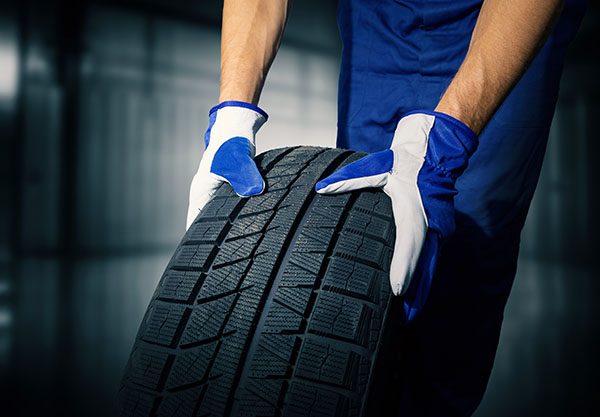
As the rubber meets the road, the significance of tire tread depth becomes paramount in ensuring the safety, stability, and performance of your vehicle. Beyond its aesthetic appeal, tire tread serves a critical role in providing traction, handling, and stability on various road surfaces and weather conditions. Understanding the importance of tread depth, as well as the diverse tread patterns and their distinct functions, lays the foundation for comprehending the essential practice of measuring tire tread depth.
Importance of Tire Tread
Tire tread serves as the primary point of contact between your vehicle and the road, facilitating grip and traction to ensure efficient braking, cornering, and acceleration. Adequate tread depth is crucial for dispersing water and preventing hydroplaning, especially in wet or slippery conditions, thereby enhancing the overall stability and safety of your vehicle. Additionally, robust tread depth contributes to improved handling and maneuverability, allowing for precise control and responsive steering on different road surfaces and terrains.
Different Tread Patterns and Their Functions
Tire tread patterns are designed to cater to various driving conditions and terrains, each offering unique benefits that enhance the vehicle's performance and safety. Tread patterns can range from all-season treads for versatile handling in different weather conditions to specialized treads for off-road adventures, providing enhanced traction and durability on rugged terrains. Additionally, directional treads facilitate efficient water evacuation, reducing the risk of hydroplaning, while asymmetrical treads offer enhanced stability and cornering capabilities, ensuring a balanced and responsive driving experience.
Guide to Measuring Tire Tread Depth
Identify the Tread Wear Indicators: Most modern tires come equipped with tread wear indicators, also known as wear bars, which serve as indicators for when the tire tread has worn down to unsafe levels.
Use a Tread Depth Gauge: Employ a tread depth gauge, readily available at auto parts stores, to measure the depth of the grooves within the tire tread accurately. Place the gauge into multiple points across the tire to ensure a comprehensive assessment of the tread depth.
Inspect the Tread Depth Reading: Compare the tread depth reading with the manufacturer's recommended minimum tread depth to determine whether the tires require replacement. For standard passenger vehicle tires, a minimum tread depth of 2/32 of an inch is considered the threshold for safe driving.
Get your tires checked and serviced by Strande's Garage, and stay safe on the road! We can also help you with everything from alignment to engine repairs, so don't hesitate to contact us!